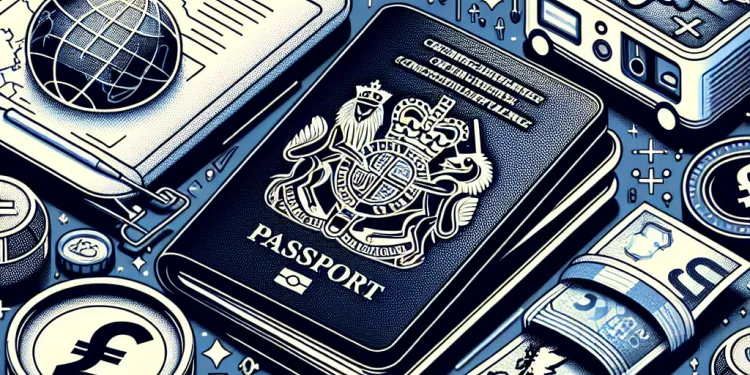
Find Help
More Items From Ergsy search
-
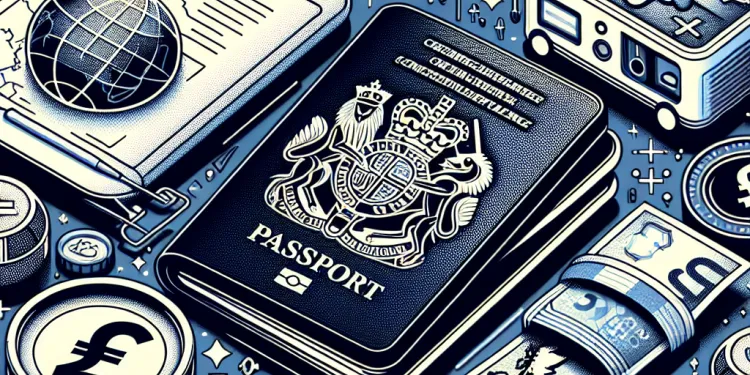
What are the entry requirements for the rest of the Schengen Area?
Relevance: 100%
-

What should I do if I overstay my 90-day limit in the Schengen Area?
Relevance: 62%
-
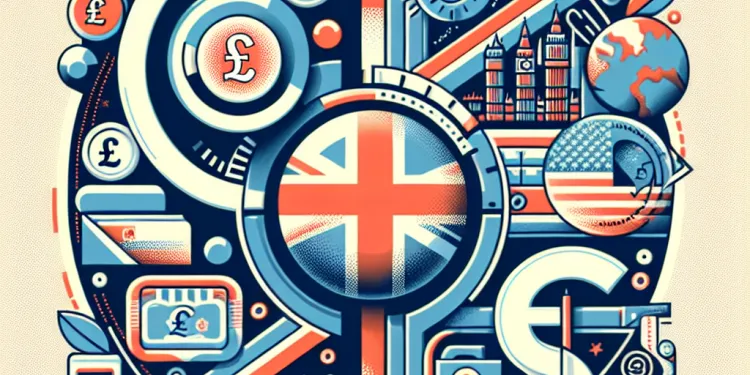
What is the 90/180-day rule for Schengen Area travel?
Relevance: 46%
-

What travel documents do I need to enter France?
Relevance: 37%
-

What are the rules for travel to France, Spain, and Europe on a UK passport?
Relevance: 36%
-

Can UK citizens travel to Spain without a visa?
Relevance: 35%
-
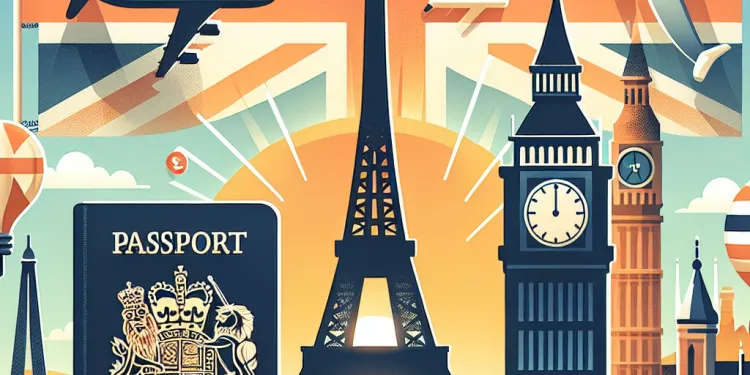
Do UK citizens need a visa to travel to France?
Relevance: 28%
-
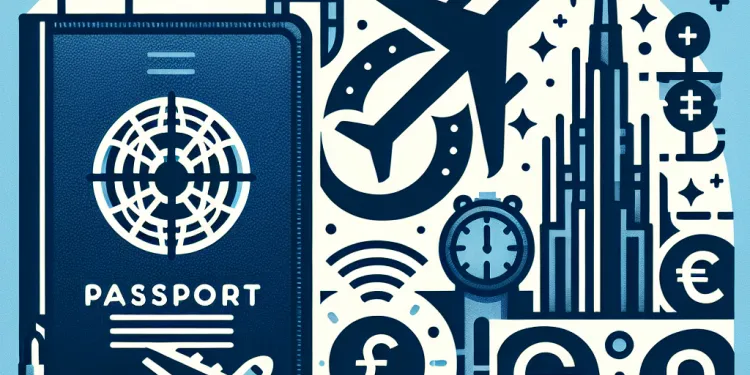
How can I ensure my passport is valid for travel to France or Spain?
Relevance: 26%
-

Is there a minimum age requirement to start nurse training?
Relevance: 23%
-

What are the basic educational requirements to become an NHS nurse?
Relevance: 22%
-
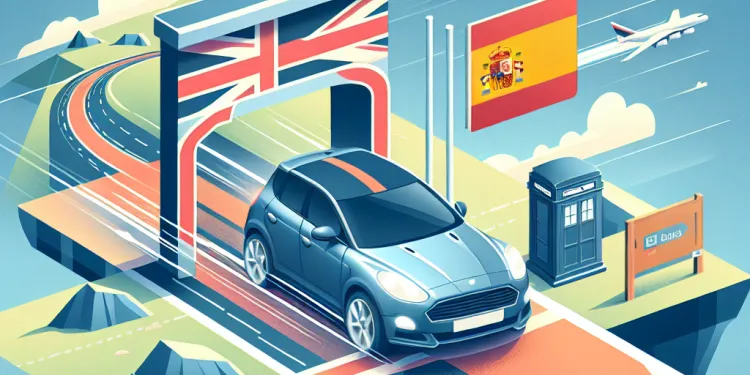
Are there border checks for UK travelers entering France or Spain by car?
Relevance: 22%
-
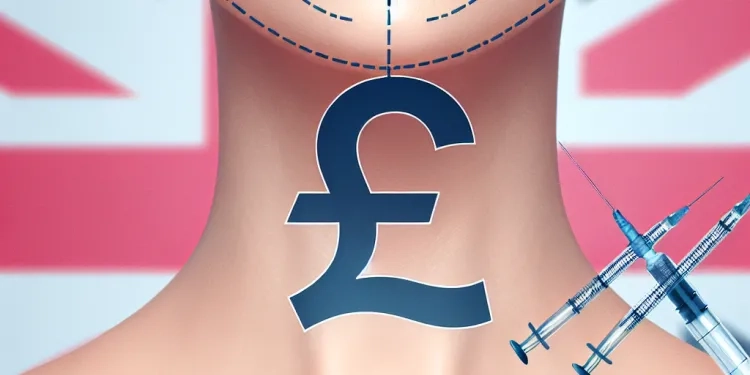
What areas can be treated with Botox?
Relevance: 20%
-

Is hay fever more common in urban areas?
Relevance: 19%
-

Do I need any vaccine injections for EU countries?
Relevance: 19%
-

Is a prescription required for Wegovy tablets?
Relevance: 18%
-

Can gonorrhoea infect areas other than the genital organs?
Relevance: 18%
-

Can I install my own camera to monitor the area in question?
Relevance: 18%
-

Which UK areas are most affected by sewage pollution?
Relevance: 18%
-

Is training required to use an AED?
Relevance: 17%
-

Study Reveals Disparities in Welfare Support Between Urban and Rural Areas
Relevance: 17%
-

Has the screw worm been eradicated in some areas?
Relevance: 17%
-

What are the new packaging requirements for e-cigarettes?
Relevance: 17%
-
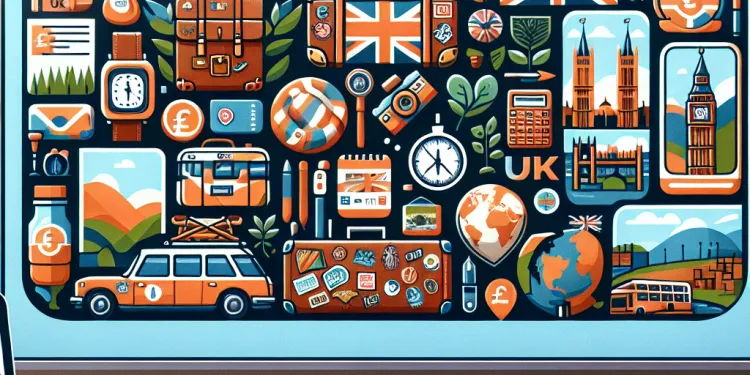
Do National Trust jobs require travel?
Relevance: 17%
-

Is there a minimum age requirement to play the Postcode Lottery?
Relevance: 17%
-

How can I check if there is a hosepipe ban in my area?
Relevance: 17%
-
What are the COVID-19 travel restrictions for traveling to Spain?
Relevance: 17%
-

Rise in Childhood Asthma Linked to Air Pollution in Urban Areas
Relevance: 17%
-

Where can I find the latest updates on Zika virus risk areas?
Relevance: 17%
-

Strategies for Reducing Loneliness and Social Isolation in Urban Areas
Relevance: 17%
-

Are students required to pay for a TV license?
Relevance: 16%
-

Is prior experience required to work at the National Trust?
Relevance: 16%
-

Do stoma bags require a prescription?
Relevance: 16%
-

Can I specialize in a certain area of nursing with the NHS?
Relevance: 16%
-
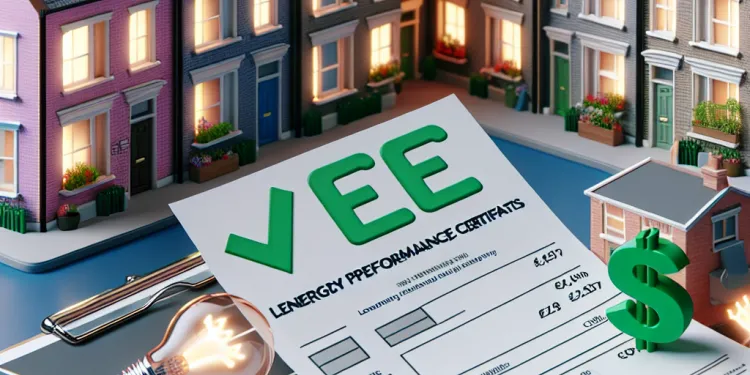
Are landlords required to provide energy performance certificates?
Relevance: 16%
-

Is there a minimum transfer amount required?
Relevance: 16%
-

Is a prescription required for Paillon treatment?
Relevance: 16%
-
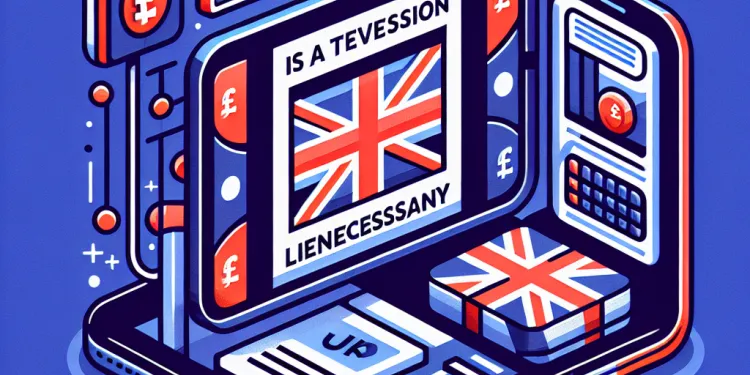
Is a TV license required for watching TV on a mobile device?
Relevance: 16%
-

UK Study Links Poor Air Quality to Increased Asthma Cases in Urban Areas
Relevance: 16%
-

Are companies required to inform me if my data is breached?
Relevance: 15%
-

Is meningitis vaccination required for military recruits?
Relevance: 15%
Introduction to the Schengen Area
The Schengen Area comprises 27 European countries that have abolished internal borders for the free and unrestricted movement of people. For UK citizens wishing to visit these countries, it's important to understand the entry requirements and travel regulations in place.
Visa Requirements for UK Citizens
As of now, UK citizens do not need a visa to visit countries in the Schengen Area for short stays of up to 90 days within a 180-day period. This is due to the visa-free travel arrangement that is in place between the UK and the Schengen countries.
Passport Validity
For entry into the Schengen Area, UK travellers must have a passport that is valid for at least three months beyond the intended date of departure from the Schengen Area. Additionally, the passport should have been issued within the last 10 years.
Proof of Sufficient Funds
While traveling in the Schengen Area, UK citizens may be required to show proof of sufficient funds to cover their stay. This requirement is to ensure travellers can support themselves financially without the need to work or rely on public funds during their visit.
Travel Insurance
It is strongly recommended for UK citizens to have travel insurance when visiting the Schengen Area. This insurance should cover medical expenses, including emergency medical treatment and repatriation, with a recommended minimum coverage of €30,000.
Return or Onward Ticket
Travellers should also possess a return or onward ticket, as border officials may ask for proof that you intend to leave the Schengen Area before the end of the 90-day visa-free period.
Entry and Exit Registration
The Schengen Area currently uses various methods to monitor entry and exit, and a new Entry/Exit System (EES) is expected to be fully operational soon. This electronic system will automatically record information about travellers, facilitating more efficient border management.
Additional Requirements for Specific Countries
Some Schengen countries might have additional entry requirements, so it's advisable to check the specific entry rules of the country you plan to visit. This can include anything from specific customs regulations to health-related entry requirements.
Conclusion
Planning your visit to the Schengen Area is relatively straightforward for UK citizens, but staying informed about the latest entry requirements is crucial. Ensuring all necessary documents are in order ahead of your travel will help facilitate a smooth journey.
Introduction to the Schengen Area
The Schengen Area is a group of 27 countries in Europe. These countries have no borders between them. This means you can move freely from one country to another. If you are from the UK and want to visit, you should know the rules for entering.
Visa Requirements for UK Citizens
If you are from the UK, you do not need a visa to visit Schengen countries for up to 90 days in a 180-day period. This is because of a special agreement.
Passport Validity
Your passport must be valid for at least three months after you leave the Schengen Area. Also, the passport should be less than 10 years old.
Proof of Sufficient Funds
When you visit, you might need to show that you have enough money for your stay. This is to show that you can pay for your trip without working or needing help from the government.
Travel Insurance
It is a good idea to have travel insurance when you visit. This should cover medical costs if you get sick or hurt, at least for €30,000.
Return or Onward Ticket
You should have a ticket to go back home or to go to another country. Border officials might ask to see this to know you plan to leave the Schengen Area before your 90 days are up.
Entry and Exit Registration
The Schengen Area has ways to keep track of when you enter and leave. Soon, there will be a new system called the Entry/Exit System (EES) that will record this information automatically.
Additional Requirements for Specific Countries
Some countries in the Schengen Area may have extra rules. It is a good idea to check the rules for the specific country you want to visit. This can include customs and health rules.
Conclusion
Traveling to the Schengen Area from the UK is easy if you know what to do. Make sure you have all your documents ready. This will help you have a smooth trip.
Frequently Asked Questions
What is the Schengen Area?
The Schengen Area is a group of 27 European countries that have abolished passport and other types of border control at their mutual borders.
What countries are in the Schengen Area?
Countries in the Schengen Area include Austria, Belgium, Czech Republic, Denmark, Estonia, Finland, France, Germany, Greece, Hungary, Iceland, Italy, Latvia, Lithuania, Luxembourg, Malta, Netherlands, Norway, Poland, Portugal, Slovakia, Slovenia, Spain, Sweden, and Switzerland.
Do I need a visa to enter the Schengen Area?
It depends on your nationality. Some countries have visa-free agreements with the Schengen Area, while others require a visa to enter.
How can I apply for a Schengen visa?
To apply for a Schengen visa, you must complete an application form and submit it along with required documents to the consulate or embassy of the country you plan to visit.
How long can I stay in the Schengen Area with a visa?
With a short-stay Schengen visa, you can stay up to 90 days in any 180-day period.
Can I travel to multiple countries in the Schengen Area with one visa?
Yes, a Schengen visa allows you to travel within all member countries without the need for additional visas.
What documents are required for a Schengen visa application?
Typically, you need a valid passport, two recent photographs, proof of travel insurance, booking confirmation, and proof of financial means.
What is a Schengen visa fee?
The standard fee for a Schengen visa is approximately €80 for adults.
Do I need travel insurance for a Schengen visa?
Yes, travel insurance covering medical expenses up to €30,000 in the Schengen Area is required.
How long does it take to get a Schengen visa?
The processing time for a Schengen visa varies but usually takes around 15 calendar days.
What if my Schengen visa is refused?
If your Schengen visa is refused, you will receive a refusal letter stating the reasons, and you can appeal the decision.
Can I extend my stay in the Schengen Area?
Extensions are only granted in exceptional cases such as force majeure or humanitarian reasons.
What happens if I overstay my Schengen visa?
Overstaying can result in fines, deportation, and a potential entry ban.
Is there a way to check my visa status?
You can check your visa status through the consulate or embassy where you applied.
Can family members travel together on one Schengen visa?
Each family member, including children, needs their own individual visa.
What is an airport transit Schengen visa?
An airport transit Schengen visa allows you to transit through the international zones of Schengen Area airports without entering the Schengen Area.
Are there any exemptions for a Schengen visa?
Diplomats and some travelers holding official passports may be exempt from needing a visa.
Do I need a reason for my travel to the Schengen Area?
You must provide a valid reason, such as tourism, business, visiting family, or other purposes deemed acceptable by the issuing authority.
What is the ETIAS visa waiver program?
ETIAS is an electronic travel authorization system for visa-exempt travelers to the Schengen Area, expected to be implemented soon.
Can I work in the Schengen Area with a Schengen visa?
A standard Schengen visa does not permit you to work in the Schengen Area; you need a specific work visa.
What is the Schengen Area?
The Schengen Area is a group of countries in Europe. In these countries, people can travel without showing a passport at the border.
If you want help to understand more, you can use pictures or maps of Europe. You can also ask someone to read it with you.
The Schengen Area is a group of 27 countries in Europe. These countries don't check passports when you travel between them.
Which countries are in the Schengen Area?
The Schengen Area is a group of countries in Europe. People can travel between these countries without showing a passport.
Here are the countries in the Schengen Area:
- Austria
- Belgium
- Czech Republic
- Denmark
- Estonia
- Finland
- France
- Germany
- Greece
- Hungary
- Iceland
- Italy
- Latvia
- Liechtenstein
- Lithuania
- Luxembourg
- Malta
- Netherlands
- Norway
- Poland
- Portugal
- Slovakia
- Slovenia
- Spain
- Sweden
- Switzerland
Remember, you don’t need a passport to travel between these countries!
The Schengen Area is a group of countries in Europe. You can travel between these countries without showing a passport. Here are the countries:
- Austria
- Belgium
- Czech Republic
- Denmark
- Estonia
- Finland
- France
- Germany
- Greece
- Hungary
- Iceland
- Italy
- Latvia
- Lithuania
- Luxembourg
- Malta
- Netherlands
- Norway
- Poland
- Portugal
- Slovakia
- Slovenia
- Spain
- Sweden
- Switzerland
When you visit these countries, you might find it helpful to use maps or translation apps to make travel easier. These tools can help you understand signs and talk to people.
Do I need a visa to go to the Schengen Area?
The Schengen Area is a group of 27 countries in Europe. You might need a visa to visit them.
Here is how to know if you need a visa:
- Check the list of countries in the Schengen Area.
- See if your home country is on the list of countries that need a visa.
- If your country is on the list, you need a visa to go.
- If your country is not on the list, you might not need a visa.
If you need help figuring this out, you can ask someone or use a website that tells you about visas.
It matters where you are from. People from some countries can go to the Schengen Area without a visa. People from other countries need a visa to visit.
How do I get a Schengen visa?
To get a Schengen visa, you need to fill out an application form. You must also bring some important papers. Take these to the consulate or embassy of the country you want to visit.
How long can I visit the Schengen Area with a visa?
You can visit the Schengen Area for up to 90 days. This is like almost 3 months.
Here are some helpful tips:
- Use a calendar to count your days.
- Ask an adult if you are not sure.
- If you need help reading, you can use audiobooks or a reading app.
With a short-stay Schengen visa, you can visit for up to 90 days in any 180-day time.
Here are some tips to help understand:
- The Schengen area is a group of countries in Europe where you can travel freely.
- The visa lets you visit for 90 days in a 6-month time (180 days).
- Use a calendar to help count your days.
If you need help, try these tools:
- Ask someone to explain or read with you.
- Use apps that help with counting days.
- Find a map to see where the Schengen area is.
Can I visit many countries in the Schengen Area with one visa?
Yes, you can! When you have a Schengen visa, you can travel to different countries in the Schengen Area.
What to do:
- Make sure your visa is still valid.
- Check the rules for each country before you go.
Helpful tip:
- Use a map to plan your trip.
- Ask an adult for help if you have questions.
Yes, a Schengen visa lets you travel to all the member countries. You don't need any more visas to visit them.
What papers do you need to apply for a Schengen visa?
When you ask for a Schengen visa, you need to show some important papers. Here is a simple list:
- Passport: A small book with your photo and information.
- Visa application form: A paper you fill out to ask for the visa.
- Photos: 2 photos of your face, like a school photo.
- Travel insurance: A paper that helps you if you get sick or hurt on your trip.
- Flight details: Papers that show when you will go and come back.
- Money proof: Papers that show you have money to pay for your trip.
Here are some tips to help you:
- Ask a grown-up to help you if you find it hard to read.
- Draw pictures that match the list to help you understand.
- Use a highlighter to mark important words.
Usually, you need these things:
- A passport that is still good (not expired)
- Two new photos of yourself
- Proof that you have travel insurance
- Something that shows you booked your trip
- Proof that you have enough money
You can use a checklist to help remember these things. It's also good to ask someone for help if you are not sure.
What is a Schengen visa fee?
A Schengen visa lets you visit some countries in Europe. To get the visa, you must pay money. This money is called a "visa fee". It is like a ticket you buy to visit.
Here are some tips to make understanding easier:
- You can ask someone to help you read.
- Use a magnifying glass if the words are small.
- Take your time and read slowly.
- Highlight important words.
The cost for a Schengen visa is about 80 euros for grown-ups.
Do I need travel insurance to visit a Schengen country?
If you want to visit a Schengen country, you need travel insurance. This helps if you get sick or something goes wrong on your trip.
Here are some tips to help you:
- Ask someone you trust to read your insurance papers with you.
- Use pictures or charts to understand what the insurance covers.
- Check websites with easy words and pictures that explain travel insurance.
Yes, you need to have travel insurance that can pay for medical costs up to €30,000 when you visit the Schengen Area.
How long does it take to get a Schengen visa?
How long do you wait for a Schengen visa? This is the time before you can travel.
It usually takes about 15 days. Sometimes it can be faster or slower.
If you need help with this, you can ask someone you trust. You can also use apps to help you understand.
Getting a Schengen visa usually takes about 15 days.
What happens if my Schengen visa is not approved?
Sometimes, people do not get the visa they asked for. This means you cannot go to the countries in the Schengen area.
If this happens, you can do two things:
- You can ask why it was not approved. This is called asking for 'reasons'.
- You can try again. You can send another application. Make sure to fix any problems from the first time.
It can help to talk to someone who knows about visas. They can help you understand what to do next.
You can use tools like a calendar to plan when to apply again. Also, ask a friend or family member to help you check your application.
If you do not get a Schengen visa, you will get a letter that tells you why. You can ask them to check the decision again.
Can I stay longer in the Schengen Area?
We only give more time in special situations. This can happen if something very big and unexpected happens, like a natural disaster or if it's for helping people in need.
What if I stay too long with my Schengen visa?
Your Schengen visa is for visiting countries in Europe. It tells you how many days you can stay. If you stay too long, you could get in trouble.
If you stay too long:
- You might have to pay money as a fine.
- You might not be able to get another visa easily.
- You might get stopped the next time you visit.
To help remember how long you can stay:
- Use a calendar to mark the days.
- Set an alarm on your phone to remind you.
- Ask a friend or family member to help you keep track.
If you stay too long in a country, you might have to pay money as a fine. You could also be sent back to your own country, and you might not be allowed to come back again.
Can I check my visa status?
You can find out how your visa is doing by asking at the consulate or embassy where you asked for it.
Can family members travel together with one Schengen visa?
When traveling, each family member needs their own Schengen visa. This means everyone, like parents and children, must have their own visa in their passport.
Helpful Tip: If reading is hard, you can ask a friend or family member to help. You can also use reading tools like speech-to-text apps.
Every person in a family, even kids, needs their own visa.
What is an airport transit Schengen visa?
An airport transit Schengen visa is a permit for certain travelers. It lets you change planes in a Schengen country without entering the country.
If you need help understanding or applying for this visa, here are some tools and tips:
- Ask someone you trust to help explain it to you.
- Use picture guides to see what each step looks like.
- Find videos online that show you how to apply.
- Write down questions you might have and ask them to a travel agent or visa expert.
An airport transit Schengen visa lets you pass through airports in the Schengen Area without needing to enter the countries.
Do some people not need a Schengen visa?
Some people might not need a Schengen visa. This means they have a special reason or situation. It's called an exemption.
Ask a helper to find out more. You can also use online tools to help read and understand this.
Remember, it's okay to ask questions if you are not sure!
Some important people, like diplomats, and some travelers with special passports, might not need a visa.
Do I need a reason to travel to the Schengen Area?
Yes, you need a reason to travel to the Schengen Area. The Schengen Area is made up of many countries in Europe. When you visit, your reason could be for a vacation, to visit family, or for work. It is important to know your reason when you plan your trip.
Here are some tips to help you:
- Make a list of your reasons for travel. It will help you remember.
- Ask someone you trust to help you plan your trip.
- Use simple words and pictures to understand more about the Schengen Area.
You need to give a good reason, like going on a holiday, working, seeing family, or another reason that is allowed by the people in charge.
What is the ETIAS visa waiver program?
The ETIAS visa waiver program is a new rule. It helps people travel to some countries in Europe. It is not the same as a visa. It is a special pass you get online before your trip.
Here is how it can help you:
- Apply online easily.
- Allows you to visit certain places in Europe without a visa.
- Safe and faster travel planning.
Try using a computer or tablet to fill out the form.
ETIAS is a way for people to get permission to travel to some countries in Europe without needing a visa. It will start soon.
Can I have a job in the Schengen Area with a Schengen visa?
No, a Schengen visa does not let you work.
You need a special work visa to get a job.
If you need help, you can ask someone you trust.
Or you can use tools like a dictionary.
If you have a Schengen visa, you cannot work in the Schengen Area. You need a special work visa to get a job there.
Useful Links
- Ergsy carfully checks the information in the videos we provide here.
- Videos shown by Youtube after a video has completed, have NOT been reviewed by ERGSY.
- To view, click the arrow in centre of video.
- Most of the videos you find here will have subtitles and/or closed captions available.
- You may need to turn these on, and choose your preferred language.
- Go to the video you'd like to watch.
- If closed captions (CC) are available, settings will be visible on the bottom right of the video player.
- To turn on Captions, click settings .
- To turn off Captions, click settings again.
More Items From Ergsy search
-

What are the entry requirements for the rest of the Schengen Area?
Relevance: 100%
-

What should I do if I overstay my 90-day limit in the Schengen Area?
Relevance: 62%
-

What is the 90/180-day rule for Schengen Area travel?
Relevance: 46%
-

What travel documents do I need to enter France?
Relevance: 37%
-

What are the rules for travel to France, Spain, and Europe on a UK passport?
Relevance: 36%
-

Can UK citizens travel to Spain without a visa?
Relevance: 35%
-

Do UK citizens need a visa to travel to France?
Relevance: 28%
-

How can I ensure my passport is valid for travel to France or Spain?
Relevance: 26%
-

Is there a minimum age requirement to start nurse training?
Relevance: 23%
-

What are the basic educational requirements to become an NHS nurse?
Relevance: 22%
-

Are there border checks for UK travelers entering France or Spain by car?
Relevance: 22%
-

What areas can be treated with Botox?
Relevance: 20%
-

Is hay fever more common in urban areas?
Relevance: 19%
-

Do I need any vaccine injections for EU countries?
Relevance: 19%
-

Is a prescription required for Wegovy tablets?
Relevance: 18%
-

Can gonorrhoea infect areas other than the genital organs?
Relevance: 18%
-

Can I install my own camera to monitor the area in question?
Relevance: 18%
-

Which UK areas are most affected by sewage pollution?
Relevance: 18%
-

Is training required to use an AED?
Relevance: 17%
-

Study Reveals Disparities in Welfare Support Between Urban and Rural Areas
Relevance: 17%
-

Has the screw worm been eradicated in some areas?
Relevance: 17%
-

What are the new packaging requirements for e-cigarettes?
Relevance: 17%
-

Do National Trust jobs require travel?
Relevance: 17%
-

Is there a minimum age requirement to play the Postcode Lottery?
Relevance: 17%
-

How can I check if there is a hosepipe ban in my area?
Relevance: 17%
-
What are the COVID-19 travel restrictions for traveling to Spain?
Relevance: 17%
-

Rise in Childhood Asthma Linked to Air Pollution in Urban Areas
Relevance: 17%
-

Where can I find the latest updates on Zika virus risk areas?
Relevance: 17%
-

Strategies for Reducing Loneliness and Social Isolation in Urban Areas
Relevance: 17%
-

Are students required to pay for a TV license?
Relevance: 16%
-

Is prior experience required to work at the National Trust?
Relevance: 16%
-

Do stoma bags require a prescription?
Relevance: 16%
-

Can I specialize in a certain area of nursing with the NHS?
Relevance: 16%
-

Are landlords required to provide energy performance certificates?
Relevance: 16%
-

Is there a minimum transfer amount required?
Relevance: 16%
-

Is a prescription required for Paillon treatment?
Relevance: 16%
-

Is a TV license required for watching TV on a mobile device?
Relevance: 16%
-

UK Study Links Poor Air Quality to Increased Asthma Cases in Urban Areas
Relevance: 16%
-

Are companies required to inform me if my data is breached?
Relevance: 15%
-

Is meningitis vaccination required for military recruits?
Relevance: 15%


